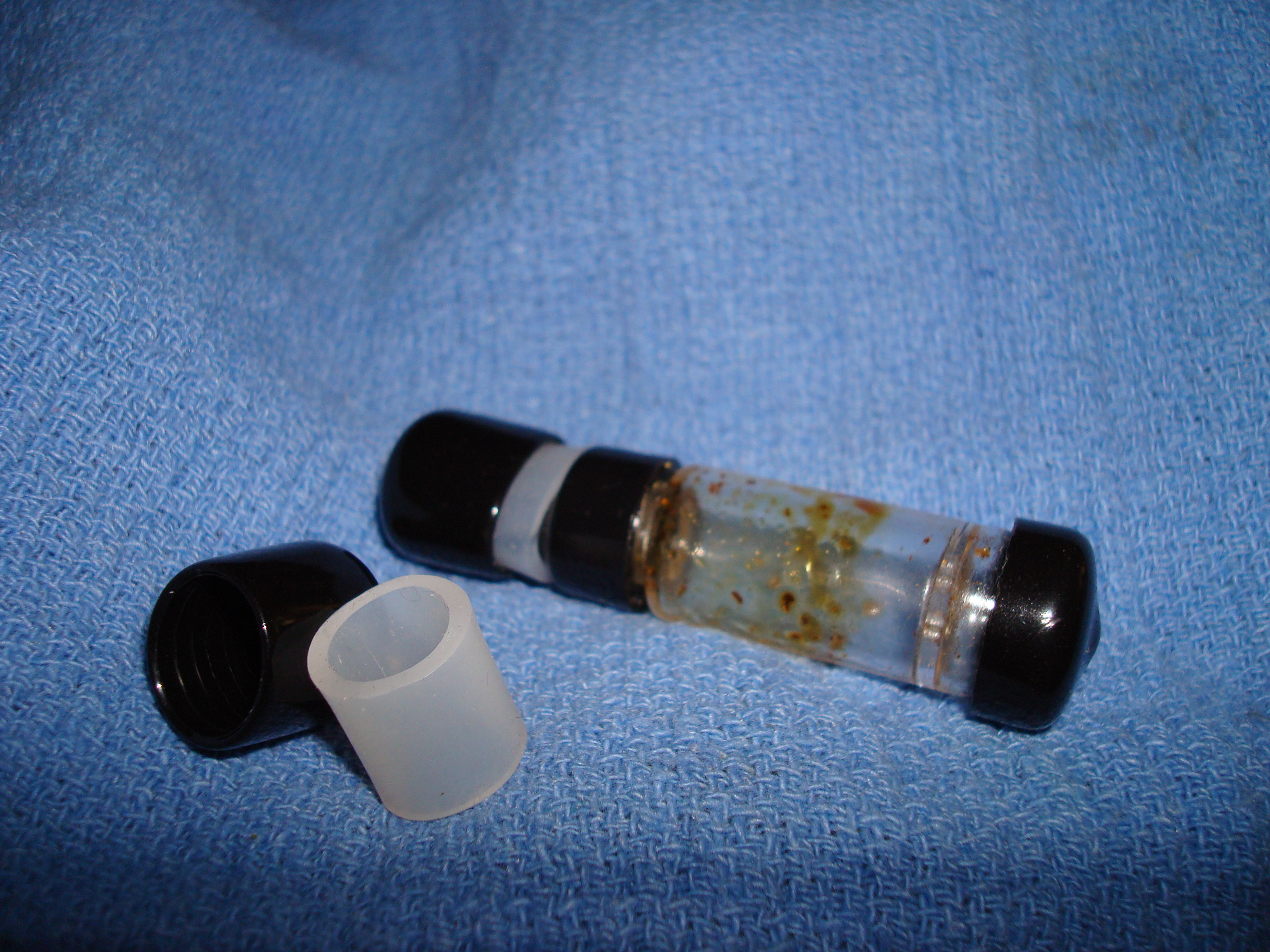@OF: don't you think they went full blown digital this time with proper PWM? Otherwise the temperature setting with 1 degree increment would be just a gimmick no?
I seriously doubt it, the thermal lags would make it not so useful I think. As it is there's dozens of degrees difference between the actual load temperature and the indicated temperature at the sensor?
And yes, I think it's 'a gimmick', that is it's showing what Sales says the customer is going to like. This usually takes the form of 'masking'. Watch the temperature rise on digital vapes carefully. First thing you'll see that if it takes one degree C steps it takes mostly two degrees F? That's because it's converting, there are 9 steps F for every 5 C (180F rise to boil water, 100C). There are only so many counts on the D/A. And then the modest drops in temperature we know are happening aren't displayed? It's not only not accurately displaying the load (as opposed to heater) temperature, but it's fibbing about unimportant things they don't want you to object to.
Thermal lags are a tough nut sometimes. For instance your home heater has energy stored in the unit and elsewhere in the system (ducts and such) that will be delivered after the thermostat shuts the heat off? This is compensated in manual systems by a small heater in the housing that makes the thermostat artificially hotter complete with 'first order' compensation for how long the heat has been on. Digital thermostats 'do it in software' by watching the rise over time, and in some cases modifying that based on history even. PID has to deal with this, duty cycle controls (like Solo and Air) simply use a 'deadband' with hysteresis used for stability (like your home heater). That is you might be set at 390F but it might heat to 395, shut off and coast to 300 or 305 before cooling off. It's then allowed to cool below the setpoint (390F) to say 385 before heat is again turned on. This 'deadband' keeps it from losing its mind at exactly 390F. At 390 the heater being on or off depends on what temperature it's coming from? In your home heater this is done with a magnet or a mercury switch (that shifts 'over center'). PID controls use the Proportional part to stop short and the Integrate part to reduce the error over time.
We shall see, but I don't expect proportional control, nor do I think it would give a practical improvement over vaping performance.
In our case the real temperature at the sensor is no doubt 'swinging' over a wider range than the load?
Bottom line doesn't change, the higher the power (faster slew rate) the less stable closed loop systems are. Oscillations can happen even, when it has the power on when it's already too hot and such when the 'phase angle of the error' exceeds 180 degrees and it starts 'chasing it's tail'. I'm sure we all know drivers that do that on the highway......some without the added help of a cell phone?
Fun stuff, at least for some of us guys that don't get out enough?
Yeah .... i agree here .. was hoping for full stability.
Exactly what I was afraid of ... I want PRECISION!
I'm sure you're not alone. I just question what that really is? There's likely to be the same issues with different controls since the basic system hasn't changed? No matter how tight you hold the cup, the load will 'sag' in temperature when hit and need time to recover.......it's conduction.....
OF






 Probably even a better deal than Arizer will provide (Agracan says they have the lowest price/best deals)! They have $13cdn GonG's (frosted) as well! And the zinc grinder might actually be decent? I'll still wait for Arizer to announce (expecting an email) and then settle up! Giddy up!
Probably even a better deal than Arizer will provide (Agracan says they have the lowest price/best deals)! They have $13cdn GonG's (frosted) as well! And the zinc grinder might actually be decent? I'll still wait for Arizer to announce (expecting an email) and then settle up! Giddy up!